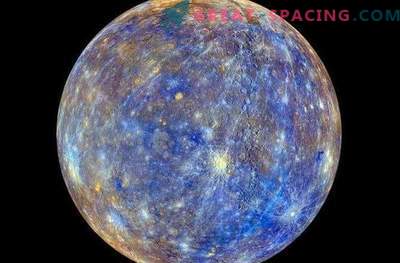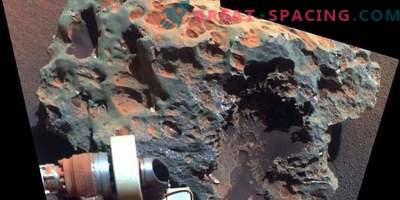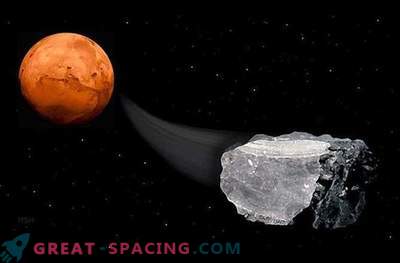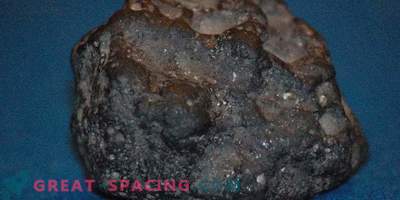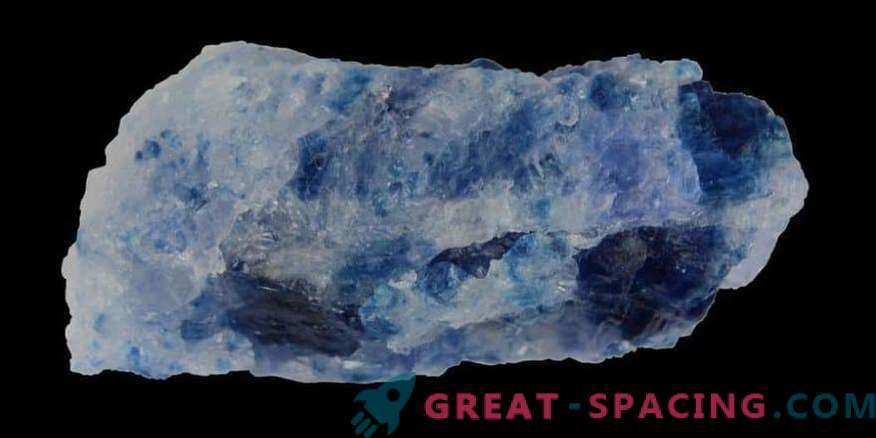
Scientists have found that the halogen amount in meteorites that created the Earth billions of years ago is much lower than previously thought. The study was undertaken by a team from Manchester and Oxford universities.
Halogens, like iodine, chlorine and bromine, form the natural salts that most life forms need. But an excessive amount will destroy life. Early comparison of the halogen levels in the meteorites that created our planet suggested that the Earth should have an unhealthy abundance of salt.
To explain why everything turned out to be not critical in reality, various theories were proposed. But the answer is much simpler - previous estimates were overestimated. A new analytical technique allowed to study different types of chondrite (a primitive meteorite with an age of 4.6 billion years). These are remnants of the molecular cloud from which our system originated.

Scientists have always been interested in how the Earth acquired its volatile elements. On examination of meteorites, we found that previous estimates of halogen levels were too high. The new simplified model has made it possible to seriously advance in the understanding of the process of transporting the main vital components to our planet. Most likely, water contributed to the distribution of halogens between the inner layers and the surface.
Another surprise is the homogeneous content of halogens in meteorites. These mean that all meteorites that have formed the earth are halogen ingredients for the earth's recipe.



